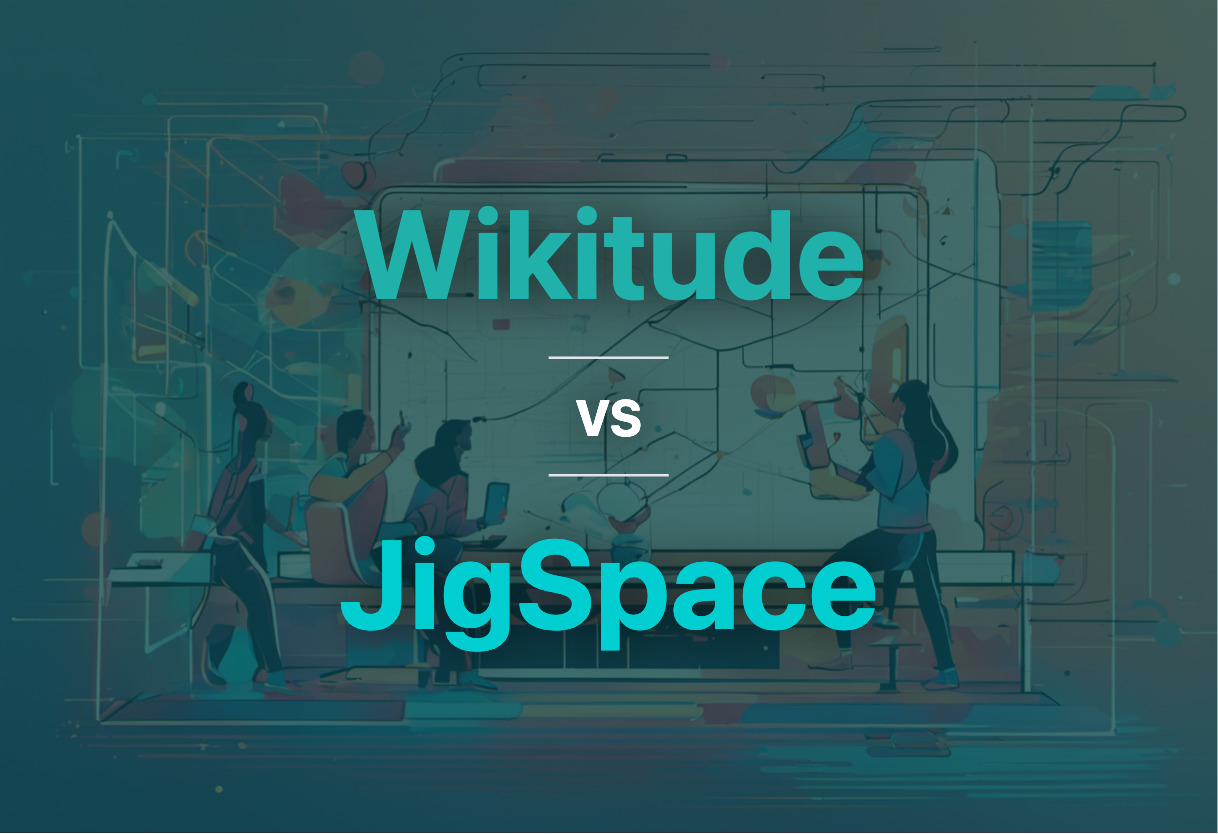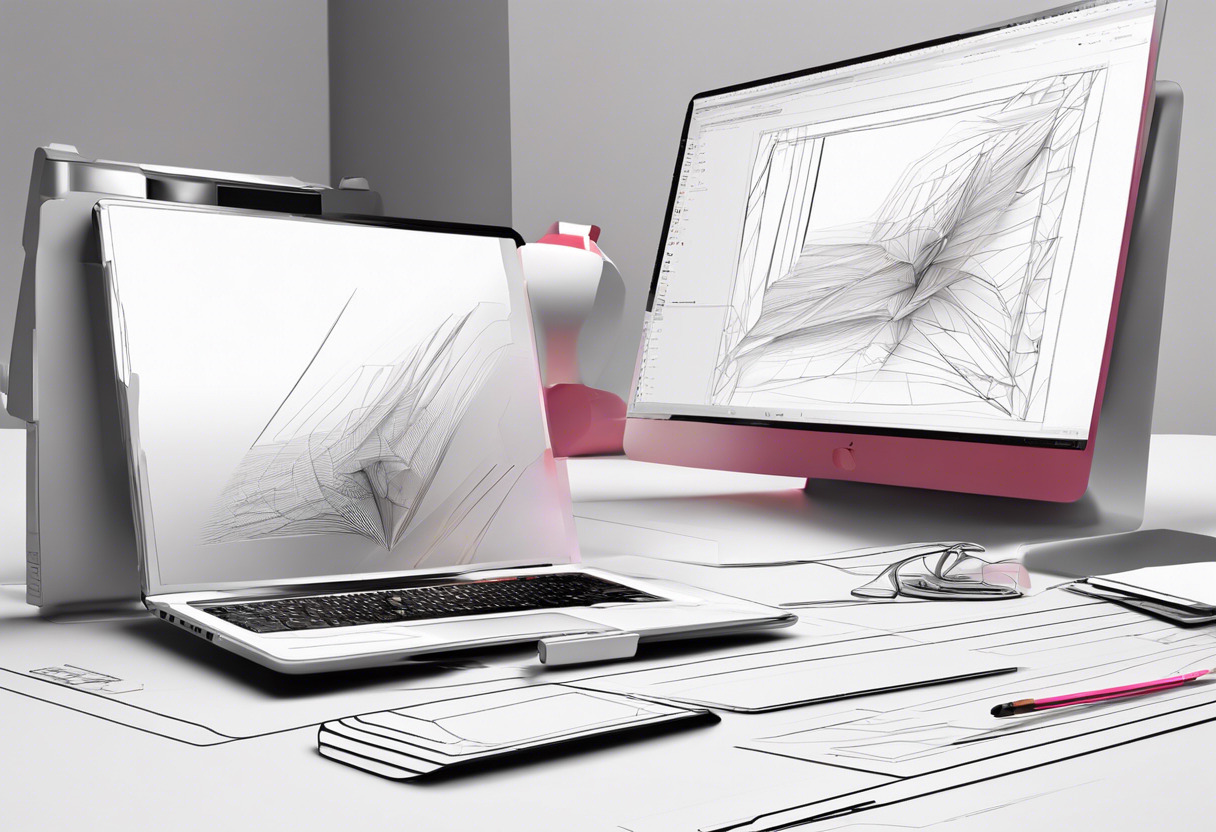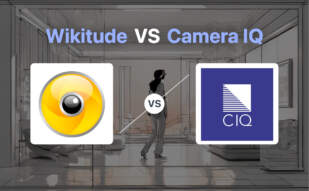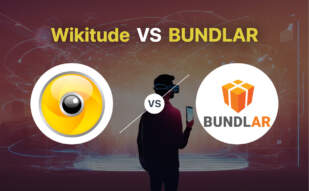For robust, high-performing AR solutions with advanced features such as image, cylinder, and multiple object tracking, Wikitude reigns supreme. However, for next-gen AR product presentations emphasizing simplicity and brevity, JigSpace is an ultra-effective choice.

Key Differences Between Wikitude and JigSpace
- Wikitude offers location-based AR experiences, with geolocation and SLAM technology. JigSpace bypasses such complexity, focusing on direct product presentations.
- Wikitude’s image recognition tech triggers advanced AR within the app. JigSpace enables functions like zoom and walk-around for product presentation.
- Wikitude is highly compatible with Android, iOS, & Windows OS and is optimized for smart eyewear devices. Meanwhile, JigSpace provides powerful platform compatibility viewable on any device.
- Wikitude permits integration with native AR frameworks ARKit, ARCore standalone. JigSpace works with cross-browser JavaScript library Three.js for creation of 3D graphics.
| Comparison | Wikitude | JigSpace |
|---|---|---|
| Launch Year | 2008 | Implied recent, specific date unavailable |
| Initial Offerings | Location-based AR via World Browser App | AR for product presentations |
| Core SDK Functions | Image recognition & tracking, 3D model rendering, location-based AR, SLAM | Uses Three.js library for 3D graphics creation |
| Operating Systems Compatibility | Android, iOS, Windows | Mac, Windows, viewable on all devices |
| AR Triggers | Depends on users position, image recognition | Involves 3D product models |
| Advanced Features | High-end image tracking, cylinder tracking, object tracking, multiple trackers, supports ARKit, ARCore | Zoom, walk-around features, custom branding, utilizes Three.js |
| Security Measures | Information unavailable | Enterprise-grade, SOC 2 Type II environment |
What Is Wikitude and Who’s It For?
Wikitude, a brainchild of Salzburg, Austria, emerged in 2008 as a facilitator of location-based AR experiences. In 2021, it was absorbed by tech titan Qualcomm, further fortifying its offerings. The platform’s SDK, compatible with major operating systems and smart eyewear devices, forms its solid base. At the core of this AR pioneer’s tech are image recognition & tracking, 3D model rendering, video overlay, location-based AR, and SLAM technology. This versatile platform is an ideal tool for Unity experts and AR-specializing agencies looking to step up their AR game.

Pros of Wikitude
- Comprehensive toolset for advanced AR features
- Compatibility with Android, iOS, and Windows OS
- Recognizes and tracks multiple 2D images in challenging environments
- Can be used with external native AR frameworks like ARKit, ARCore or standalone
- Support for AR Foundation from Unity and object visualization in Unity Editor
Cons of Wikitude
- Debate over location-based AR validity due to GPS, compass, and motion sensor accuracy
- Requires a high degree of expertise, particularly for Unity integrations
What Is JigSpace and Who’s It For?
Revolutionizing AR product showcasing, JigSpace enables remarkable product experiences and was featured in the Apple Vision Pro announcement. Business innovators routinely leverage this tool to communicate intricate product details seamlessly, with the potential for massive reach due to the platform’s non-restrictive nature. If you are stitched into the fabric of marketing, sales, or training, this platform’s custom branding features and broad compatibility make JigSpace your go-to AR tool.

Pros of JigSpace
- Broad platform compatibility, viewable on any device
- Can be used to craft compelling sales pitches, trade shows, and product training modules
- AR product presentation with zoom, walk-around features
- Custom branding features for a personalized experience
- Enterprise-grade security in a SOC 2 Type II environment
Cons of JigSpace
- Requires knowledge of Three.js, a JavaScript library
- Product explanations may lack depth in comparison to traditional methods
Wikitude vs JigSpace – Your Final Guide to the Augmented Future
In the explosive world of AR/VR, Wikitude and JigSpace are two pillars that stand tall. Here’s our verdict on which outshines the other for various use-cases:
AR Developers
For those grappling with location-based AR and SLAM technology, Wikitude is the unparalleled choice. Its highly recognized SDK, advanced image recognition, and exceptional compatibility with Android, iOS, and Windows OS, position it at the pinnacle of AR creation. Not to mention, the Expert Edition for Unity maestros.

Tech Innovators
If your aim is to transform product communication through next-gen AR presentations, JigSpace is your go-to tool. Its walk-around features and limitless spatial potential break the barriers of traditional product presentations, allowing seamless sales pitches and enterprise-level security.

3D Graphic Enthusiasts
With its compatibility with the JavaScript library Three.js, JigSpace wins the hearts of 3D graphic enthusiasts. Whether you are creating basic graphics or complex animations, JigSpace’s comprehensive features ensure that your designs will hit true to vision.

When it comes to AR development, Wikitude‘s advanced tools and wide compatibility make it the clear victor. But if exceptional product presentations and 3D graphics creation are your needs, JigSpace should be your go-to choice.
Grant Sullivan
Content writer @ Aircada and self proclaimed board game strategist by day, AI developer by night.





